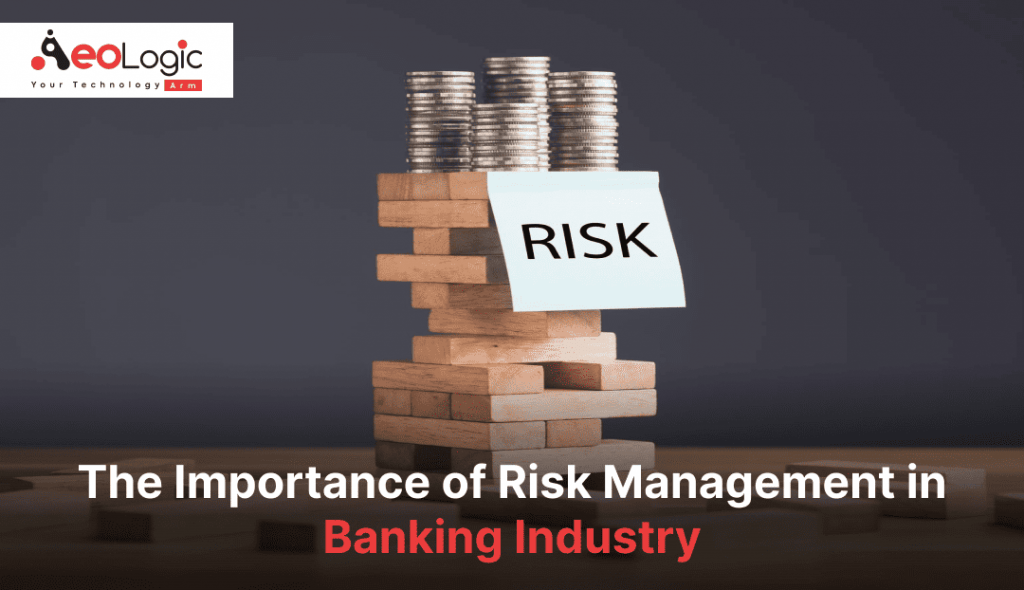The Crucial Importance of Risk Management in Financial Decision Making
The Crucial Importance of Risk Management in Financial Decision Making
Blog Article
Checking out the Value of Risk Management for Effective Decision-Making Methods
In the complex world of organization, Risk Management emerges as a critical variable in the decision-making procedure. The capability to identify possible risks and possibilities, and plan as necessary, can spell the difference in between success and failure. With devices such as SWOT and PESTEL, companies are geared up to make enlightened options, promoting durability and flexibility in an ever-changing atmosphere. Wondering exactly how this works? Allow's unpack the dynamics even more.
Comprehending the Principle of Risk Management
Risk Management, an important part in decision-making, is commonly misconstrued or oversimplified. Risk Management involves regimented and structured techniques, making use of data and insightful analyses. From economic unpredictabilities, lawful responsibilities, tactical Management mistakes, to mishaps and natural calamities, it resolves numerous threats - importance of risk management.
The Role of Risk Management in Decision-Making Processes
In the realm of strategic planning and business procedures, Risk Management plays an indispensable role in decision-making processes. It aids in recognizing potential hazards and uncertainties that could influence the achievement of service goals. By mapping these risks, firms can develop strategies to minimize their influence, making sure company continuity and security. Risk Management hence ends up being a crucial device in decision-making, aiding leaders to make enlightened selections based on a thorough understanding of the risks entailed. It motivates a positive method, allowing organizations to prepare for and prepare for possible future circumstances. This substantially reduces the possibility of negative consequences, advertising much more effective and effective decision-making methods. Risk Management offers as an important component in the decision-making procedures of any type of organization.

Just How Risk Management Boosts Strategic Planning
In the context of calculated planning, Risk Management plays a crucial role. Starting with the identification of potential threats, it even more encompasses the application of Risk reduction measures. The role of Risk Management is not fixed but vibrant, as it requires constant monitoring and adjusting of strategies.
Identifying Possible Threats

Executing Risk Reduction
Having actually developed the relevance of identifying potential threats, the following step is to check out Risk reduction. This procedure involves creating and carrying out approaches to handle determined dangers effectively. It is an essential aspect of calculated planning as it enhances decision-making by reducing possible negative results. Risk reduction strategies can vary from Risk avoidance, Risk transfer, to risk reduction. Each approach needs to be customized to the certain Risk, considering its possible effect and the organization's Risk resistance. Reliable Risk reduction needs a deep understanding of the Risk landscape and the discover here potential effect of each Risk. This understanding enables organizations to prioritize risks and allot sources properly, guaranteeing that the most significant dangers are dealt with initially.
Monitoring and Adjusting Techniques
Though Risk reduction is an important action in strategic planning, continual monitoring and modification of these approaches is equally crucial. It also supplies a chance to review the success of the Risk Management steps, enabling changes to be made where required, further boosting strategic preparation. Surveillance and readjusting Risk Management approaches is a crucial element for boosting a company's resilience and tactical preparation.
Situation Studies: Effective Risk Management and Decision-Making
Worldwide of organization and money, effective Risk Management and decision-making commonly act as the pillars of flourishing enterprises. One such entity is a multinational oil company that minimized monetary loss by hedging against rising and fall oil costs. In an additional circumstances, a tech start-up prospered by recognizing and approving risky, high-reward strategies in an unpredictable market. An international financial institution, faced with regulatory unpredictabilities, effectively navigated the situation via aggressive Risk assessment and vibrant decision-making. These situations highlight the value of sharp Risk Management in decision-making procedures. It is not the absence of Risk, however the Management of it, that frequently distinguishes successful firms from unsuccessful ones. These instances highlight the vital role of Risk Management in critical decision-making. importance of risk management.
Devices and Techniques for Reliable Risk Management
These tools, such as Risk signs up and heat maps, aid in determining and examining prospective dangers. Risk response techniques, a crucial part of Risk Management, entail approving, staying clear of, moving, or mitigating threats. With these strategies and devices, decision-makers can browse the facility landscape of Risk Management, thereby facilitating informed and effective decision-making.
Future Trends in Risk Management and Decision-Making Strategies
As we discover the large landscape of hop over to here Risk Management, see this here it becomes evident that the strategies and tools utilized today will certainly continue to advance. The idea of Risk society, where every member of an organization is conscious and involved in Risk Management, will certainly acquire extra prominence. These patterns herald an even more positive and inclusive strategy towards Risk Management and decision-making.
Conclusion

Risk Management thus becomes an essential device in decision-making, aiding leaders to make enlightened options based on a detailed understanding of the dangers involved. Risk reduction methods can range from Risk evasion, Risk transfer, to run the risk of reduction (importance of risk management). Effective Risk mitigation requires a deep understanding of the Risk landscape and the prospective effect of each Risk. Risk reaction techniques, a key part of Risk Management, involve approving, preventing, transferring, or mitigating threats. The idea of Risk society, where every member of a company is mindful and included in Risk Management, will obtain a lot more prominence
Report this page